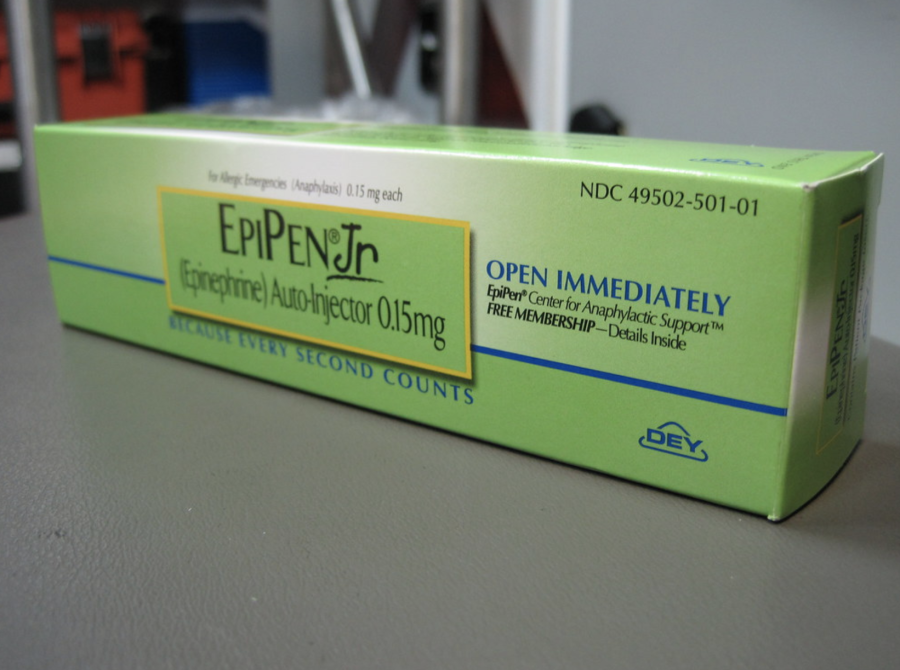Let’s say you have a child who has a severe peanut allergy. While they grab onto the monkey bars at a playground, peanut oil residue gets on their palms and they wipe their face. They go into anaphylactic shock and there is no EpiPen near you. What do you do? What could have you done to weaken their severe allergic reaction?
Palforzia is the only U.S. Food and Drug Administration-approved product in the world that provides a unique set of treatment plans to weaken severe allergic reactions due to a peanut allergy. Aimmune Therapeutics has a treatment plan that has been approved by the FDA in 2020.
According to Dr. Steve Tilles, senior director of medical affairs at Aimmune Therapeutics, “Palforzia is an oral immunotherapy indicated for the mitigation of allergic reactions, including anaphylaxis, that may occur with accidental exposure to peanuts.”
Oral immunotherapy is a method of desensitization in the immune system. The goal is to weaken the severe reactions over time through continuous exposure to the allergen.
The first dose is so incredibly small that it is difficult to see with the human eye. Tilles explained that the first dose is 1/600th of the size of a peanut kernel and there is a gradual increase in dosage over time. It is not until six months into the treatment plan that 300mg is given to the patient, which is equivalent to the volume of a peanut kernel.
The key is a gradual increase to allow the patient’s body to get acquainted with the allergen without having an allergic reaction. Many may think that injecting someone with an allergen will lead to a severe allergic reaction, yet through the set of trials it was evident that most reactions to the treatment were manageable and easily treated.
To ensure that Palforzia is as effective as can be the treatment needs to be administered every day (for a certain period of time). According to the official Palforzia website, only children between the ages of 4 and 17 are indicated by the U.S. Food and Drug Administration to take Palforzia. The treatment can only be administered after age 17 if they were already taking Palforzia beforehand. If someone is 18 or older and has not taken Palforzia before, they cannot begin treatment.
When receiving doses, the first course of treatment has to be administered in a healthcare setting. This raises the question that since Palforzia is such a newly approved treatment plan, will it be covered by most healthcare insurances? Through research, the cost of Palforzia is not stated on the official website. Yet through a consultation that explains the type of treatment plan that will be recommended, a cost will be provided to the patients.
As for the FDA approval process, Tilles explained how there were over 1,200 participants in the trial process and that phase three of the trials “demonstrated that Palforzia increased peanut protein tolerability and reduced the frequency and severity of allergic reactions compared to placebo during the oral challenge at the end of the palisade trial.”
But keep in mind that even with such promising results, it is still recommended to have an EpiPen near as immunity takes years to develop. Maybe having an anaphylactic shock would be incredibly rare in the future due to medical innovations such as Palforzia.
Follow Briana Aguilar on Twitter









